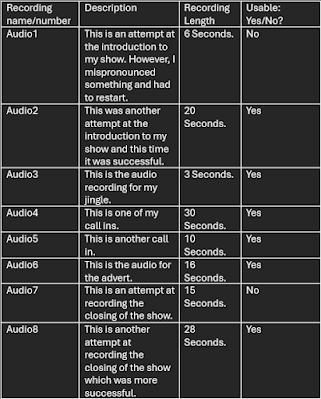Unit 15 M2 Legal, Ethical and Moral Issues

Introduction In this report I will discuss the legal, ethical and moral issues that I need to consider when creating my audio visual promo and how I will ensure that my audio visual promo does not contain any of these issues. Furthermore, I will explain the risks involved in creating my audio visual promo and speak about regulatory bodies. Legal Issues Legal issues are extremely important and it is imperative that I consider what legal issues may be a problem when creating my audio visual promo and how I can avoid these to make an effective yet lawful promo. The first legal issue that I have considered is the filming location and the issues that surround that; I have to decide where I am filming and depending on where I choose to film means I have to consider different legal issues. If I decide to film my audio visual promo with my group in a public area, we have to contact the council and ask for permission to film in the location, this is important because otherwise we cou...


